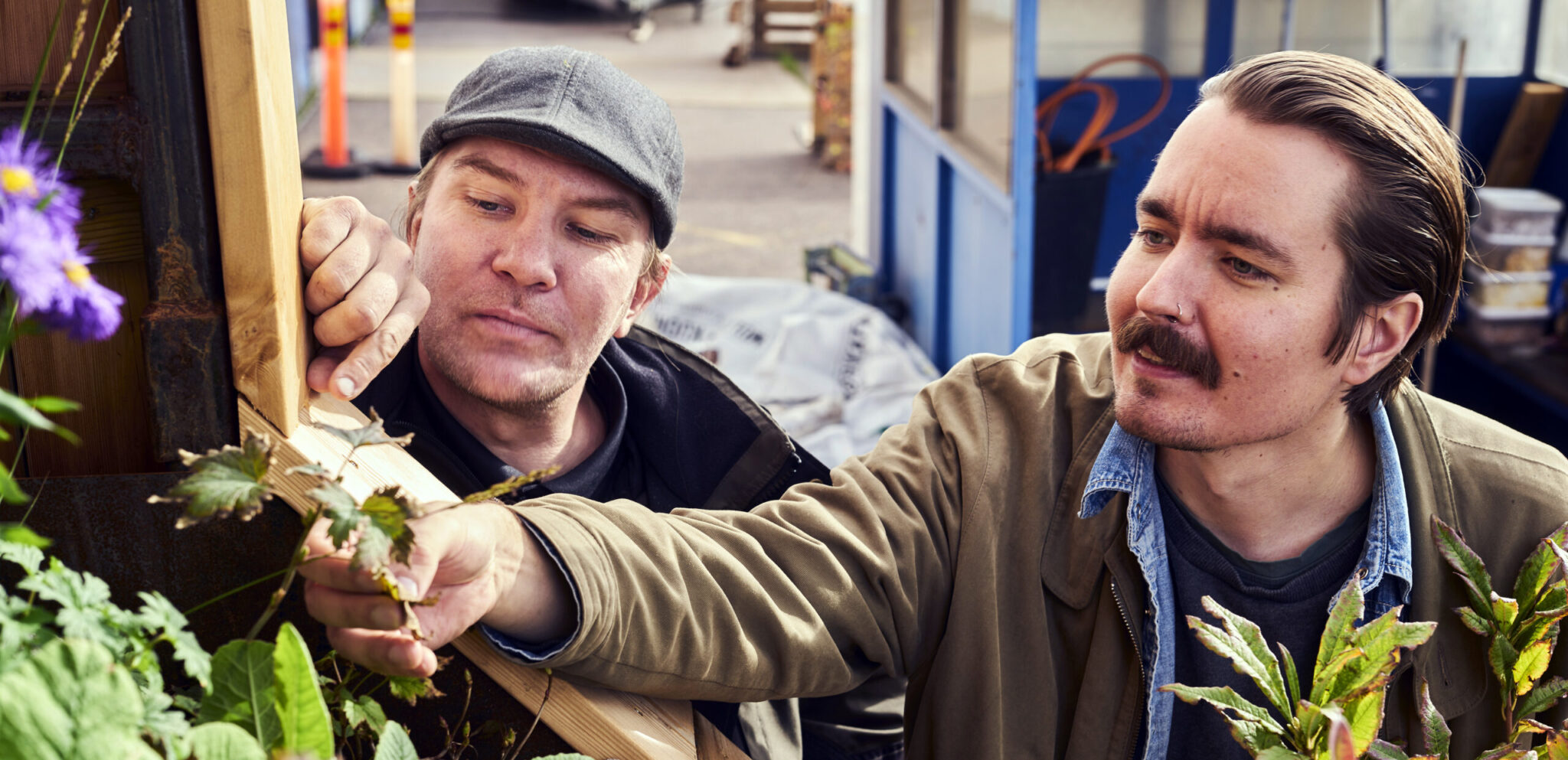Our website uses cookies. We analyze usage statistics collected based on them and they may be used for targeting advertising on other websites.
You can also reject the tracking and use of cookies. More information

During 2020 a city oasis was built in Kera, where it was tested how green solutions regenerating urban living work in practice. The examination of the solutions included both scientific research and involving the inhabitants of the city. Eventually, a beautiful green space for urban farming was built and valuable information for the research and development work was provided. But what was actually examined in the city oasis?
In June, there was quite a bustle in the Kera halls, when the testing of green solutions regenerating urban living was started at the lot of S Group. Outdoor green walls and allotments with different kinds of structures were built to allow the citizens to grow local food and the Research and Development Team to test the functionality of various green solution experiments. There were also several plant boxes built on the side of the city oasis, where the potential ways of combining green infrastructure and urban runoff filtration were examined.

Meticulous ground survey is an essential part of creating new green solutions. Testing the ideas in practice has a significance, when the aim is to perfect an innovation to a functioning product. In Kera, there were different variations of the green wall modules simulated inside of the plant boxes. With these simulations it was possible to investigate how different factors influence the quality and quantity of the urban runoff leached through the system.
The results of the research will be used in InnoGreen’s research and development work. “The results will help us develop our products so that they genuinely improve sustainable ways of living and serve the citizens’ needs,” says Mikko Sonninen, the leader of the Research and Development Team. A special green structure, which utilizes urban runoff and adjusts urban planning into an ecologically and economically more sustainable direction, is currently under consideration.
“The experiments of the testbed are interesting in terms of future’s urban greenery.”
The City of Espoo, one of the cooperation partners of the Communal Vertical Greening Project is excited especially about the social and ecological benefits of the project. On the other hand, the results of the research are also stirring interest.
‘The experiments of the testbed are interesting in terms of future’s urban greenery. For instance, the outdoor green walls utilizing urban runoff have potential regarding housing cooperatives’, states Mia Johansson, the sustainable development specialist of the City of Espoo.
